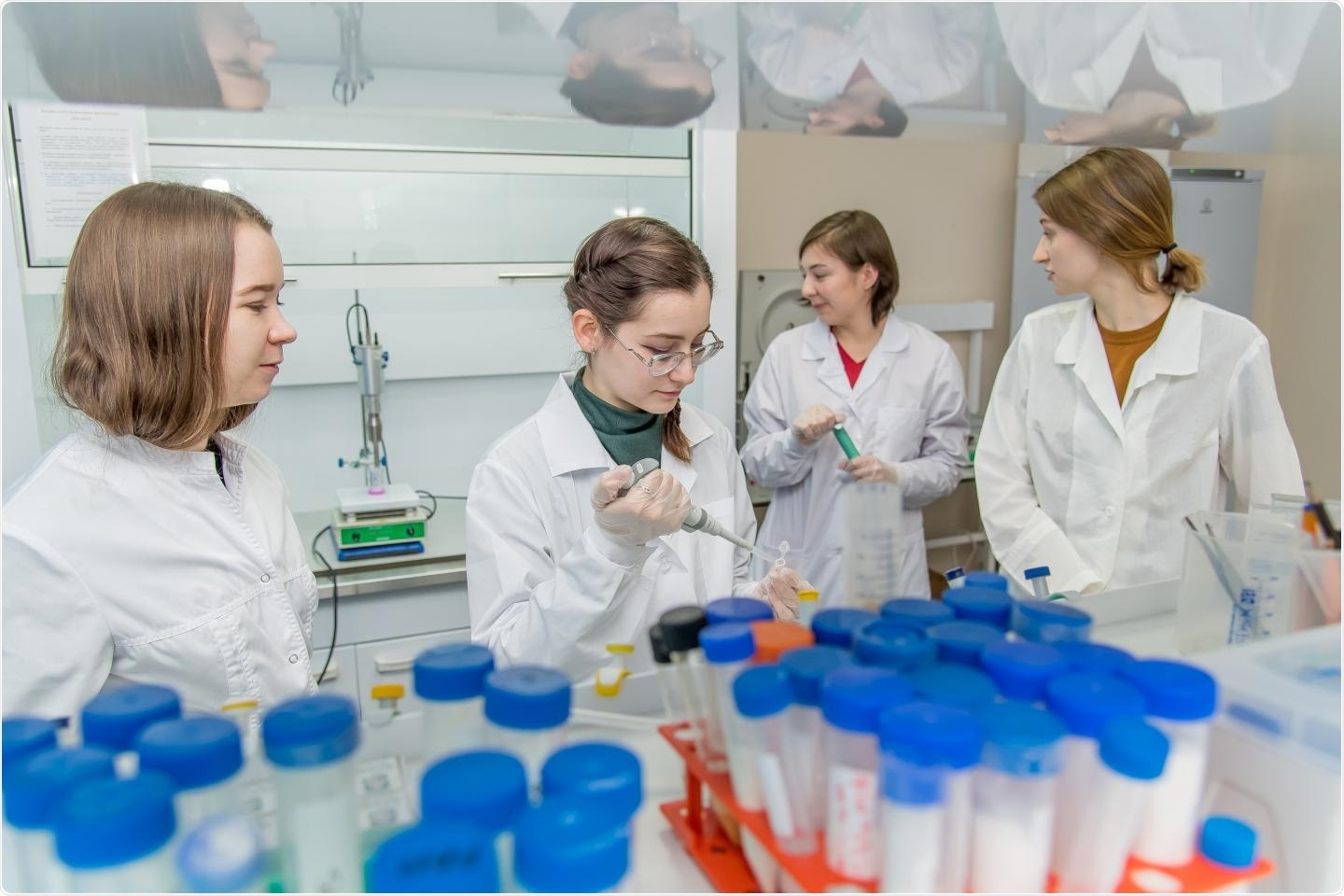Scientists from Peter the Great St.Petersburg Polytechnic University (SPbPU) in association with collaborators from the Pavlov University, ITMO University, and the University of Hamburg made a comparison of their developed carriers for delivery of genome editing (GE) tools with other available analogs.

The international scientific group considers the delivery of genome editing tools to organs and tissues and compared their work with the existing analogs. Image Credit: Peter the Great St.Petersburg Polytechnic University.
A study of current research works were published in the Biomaterials journal.
The international research team considered the delivery of genome editing tools to tissues and organs and compared their studies with the prevailing analogs.
Genome editing tools enable scientists to modify or edit DNA (particularly, the CRISPR/Cas9 technology employs the principle of “molecular scissors”: the complex attaches to the preferred region of the genome, where the Cas9 protein splices the DNA. The cell attempts to bridge the gap. If the required genetic material is provided at that moment, the cell will transform it into an individual’s DNA).
These scissors should be properly delivered to the cells responsible for disease development. Our research team developed a polymeric carrier with a number of properties, which can be loaded with several types of genetic material. It is very important for genome editing. The carrier delivers the genetic material to organs where cell modifications is required for the treatment. The genetic material is a released into these cells.”
Alexander Timin, St. Petersburg Polytechnic University
Timin is also the head of the Laboratory for microencapsulation and controlled delivery of biologically active compounds at St. Petersburg Polytechnic University.
Timin added that today, the gene therapy is actively developing and, in this context, genome editing tools can be implemented, which employ two DNA and RNA molecules. It must be delivered by a carrier—a task that is quite urgent.
During the course of the research, numerous approaches of genetic material delivery were taken into consideration and compared with present-day analogs—technologies developed by top universities in China and the United States.
The team examined numerous parameters like delivery efficiency, editing efficiency, and carrier toxicity. Investigators found that their own development has several advantages in a few parameters when compared to the corresponding counterparts.
The developed carrier is highly efficient, low toxic and obtains surface modification with various targeting ligands. In addition, the technology is able to protect the genetic material in the body from the premature degradation due to various biological factors, thus preserving all the properties and genetic effects. Currently, the development is at the stage of pre-clinical studies and is being tested on laboratory animals.”
Igor Radchenko, Director, RASA-Polytech Center
It must be noted that “RASA-Polytech” center was originally established by Professor Gleb B. Sukhorukov of QMUL. This center is now quickly expanding along with new young scientists, who continue to closely work with Professor Sukhorukov.
As for the technological mechanism, in the event of oncological diseases, the team employs microinjections to introduce the carriers directly inside the tumor or to administer the carriers into the bloodstream. To reach the preferred organ, the “beacons” were adhered to the carriers. These are antibodies that are capable of attaching to receptors present on the cells’ surface affected by pathogens.
In the days to come, the team has planned to perform an experiment in association with collaborators from Belgium, to verify the developed technology for HIV infection.
Source:
Journal reference:
Mashel, T. V., et al. (2020) Overcoming the delivery problem for therapeutic genome editing: Current status and perspective of non-viral methods. Biomaterials. doi.org/10.1016/j.biomaterials.2020.120282.